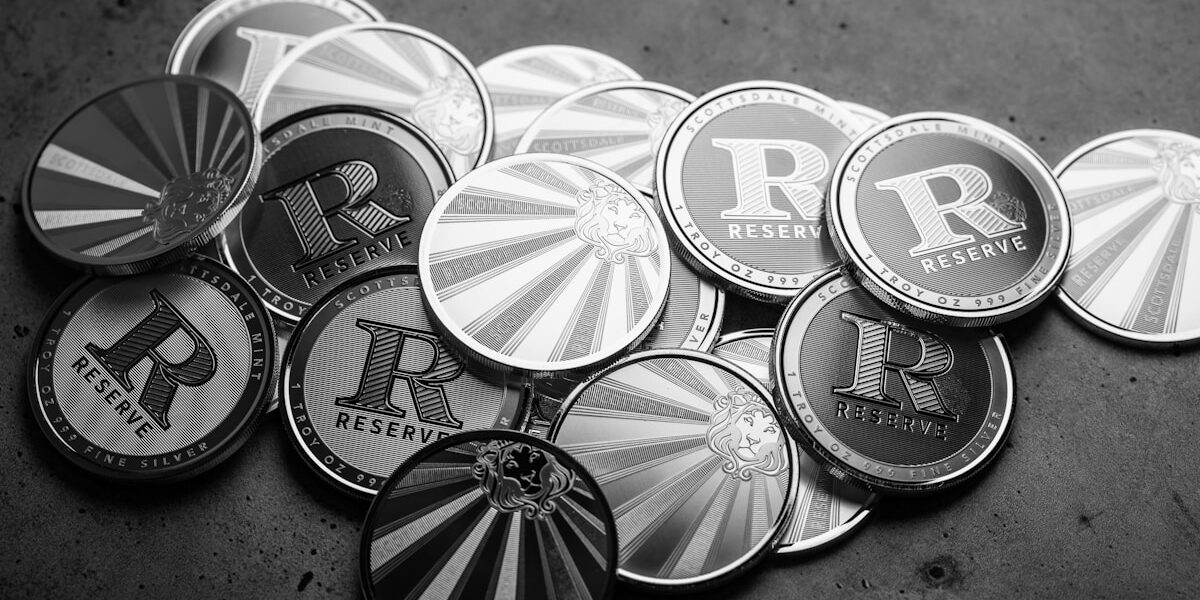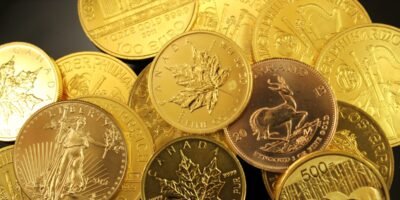The 1944 Penny: A Detailed Examination
The year 1944 proved significant in the world of American currency, particularly for penny collectors. The Lincoln cent minted during this year sparked interest among numismatists thanks to its historical context and unique characteristics. Understanding the value of a 1944 penny requires examining factors such as mint location, composition, rarity, and condition.
Historical Context

The 1944 Lincoln cent came in the wake of World War II, a time when the United States faced material shortages. In 1943, the U.S. Mint produced pennies using steel, coated with zinc, to conserve copper for the war effort. However, the steel pennies did not wear well and caused operational issues with vending machines. In 1944, copper returned as the primary component for pennies, this time largely from recycled ammunition shells.
Mint Locations and Varieties
In 1944, the U.S. Mint produced Lincoln pennies in three locations: Philadelphia, Denver, and San Francisco. Each location produced slightly different versions of the penny, identified by a mint mark located beneath the date on the coin’s obverse side. Philadelphia minted pennies carry no mint mark, Denver pennies display a D, and San Francisco pennies show an S.
The Philadelphia mint produced the highest number of pennies in 1944, with over one billion coins. The Denver mint followed, producing over 430 million coins, while San Francisco produced approximately 282 million coins. Each variety contributes to the penny’s value differently.
Composition and Materials
Interestingly, while 1944 saw a return to copper for penny production, these coins contained different metal compositions than pre-1943 pennies. The 1944 pennies were composed of approximately 95% copper and 5% tin and zinc, coming primarily from recycled materials. This composition persisted until 1982, when the Mint again changed the alloy for pennies.
Rarity and Errors
The rarity of a 1944 penny significantly influences its value. Although billions were minted, not all pennies from this year are equal. Rare variants, such as the 1944 steel penny and error coins, boost value for collectors.
A few 1944 pennies were mistakenly struck on steel planchets meant for 1943. These accidental steel pennies are rare and can be extremely valuable. Additionally, error coins like doubled die pennies are sought after. Such errors occur during production and result in distinctive, duplicated markings, especially visible on text and date.
Grading and Condition
Condition plays a crucial role in determining a penny’s value. Collectors use a grading system to represent this, with scales ranging from Good to Mint State. A coin in Good condition shows significant wear, while a Mint State coin has no sign of wear and maintains its original luster.
A 1944 penny in Mint State can fetch a higher price compared to its worn-out counterparts. Professional Coin Grading Service (PCGS) and Numismatic Guaranty Corporation (NGC) are reputable organizations specializing in coin grading, providing credibility to a coin’s evaluated condition.
Market Value
The current market value of a 1944 penny combines historical demand, composition, mint variety, rarity, and condition. Common 1944 pennies can be worth a few cents to a couple of dollars, primarily depending on their state. However, rare steel variants and error versions, like those with doubled die errors, can range significantly higher, potentially reaching hundreds or even thousands of dollars at auction.
Collectors’ Insights
For those interested in collecting, the 1944 penny offers a fascinating opportunity. Numismatists value these coins for their unique backstory and potential variance in minting errors. When acquiring such coins, authenticity and condition are key considerations. Hobbyists should seek authenticated pieces, especially when investing in rarer types.
Investing in 1944 Pennies
Like all collectibles, the investment in 1944 pennies involves research and patience. Monitoring market trends and consulting experienced collectors can add to the knowledge essential for making informed decisions. Attend coin shows or reference catalogues like The Red Book for detailed information and pricing guides. Engaging with online coin communities can also provide current insights and market dynamics.
The 1944 penny remains an intriguing subject in numismatics, inviting enthusiasts to explore its quirks and historical context in detail. For those committed to diving deeply into the world of historic coins, it embodies an accessible and rich opportunity for discovery.
Recommended Collecting Supplies
Coin Collection Book Holder Album – $9.99
312 pockets for coins of all sizes.
20x Magnifier Jewelry Loupe – $13.99
Essential tool for examining coins and stamps.
As an Amazon Associate, we earn from qualifying purchases.




Subscribe for Updates
Get the latest articles delivered to your inbox.
We respect your privacy. Unsubscribe anytime.